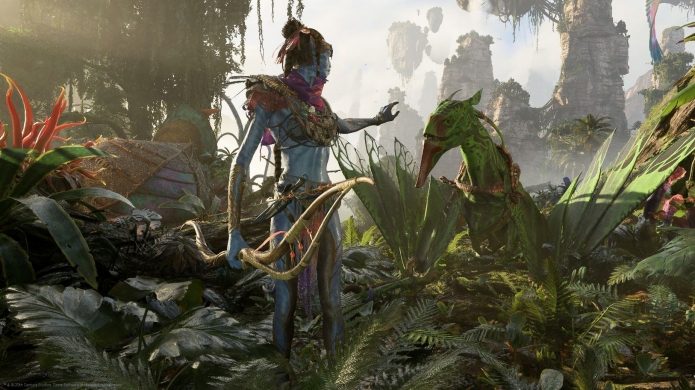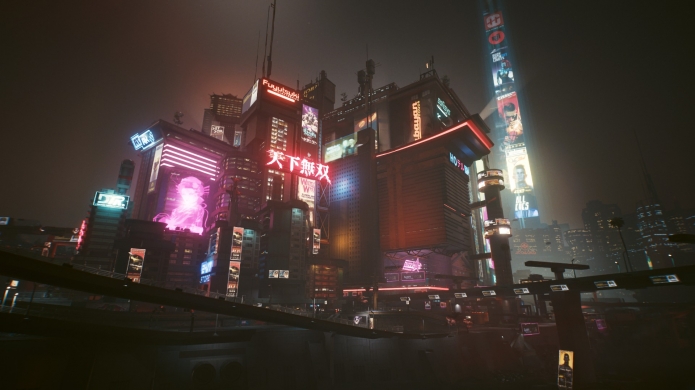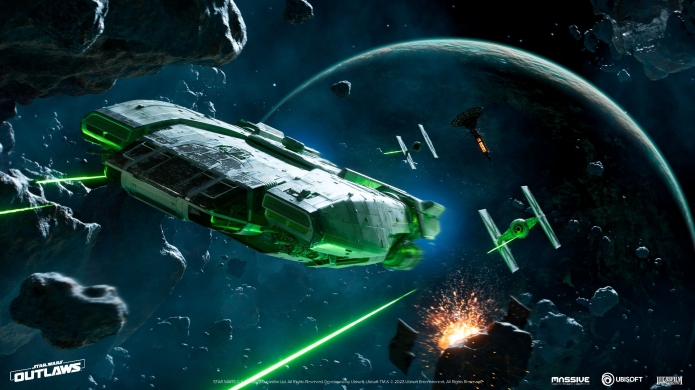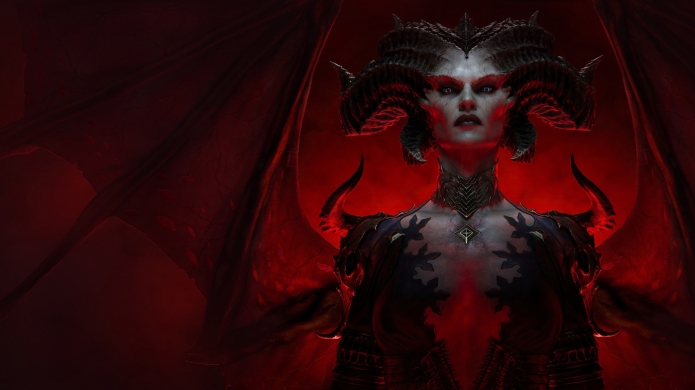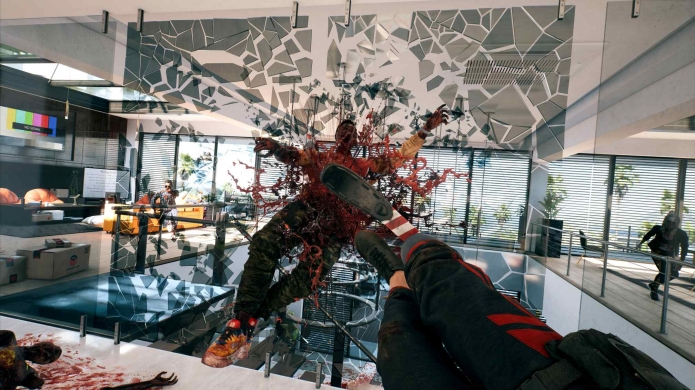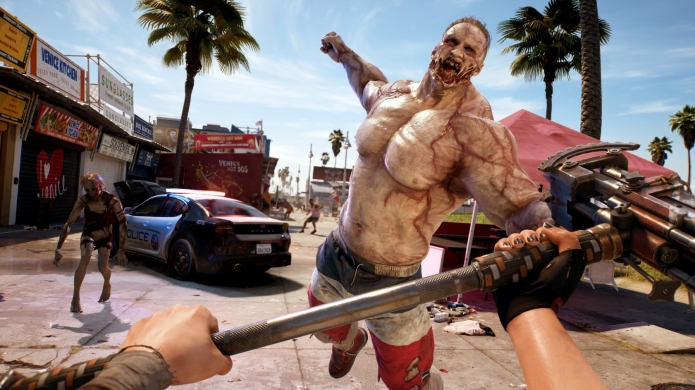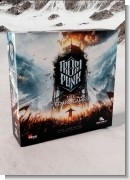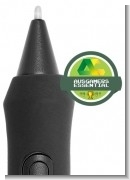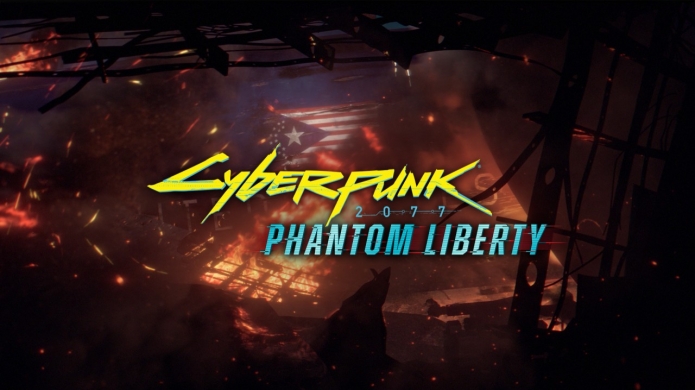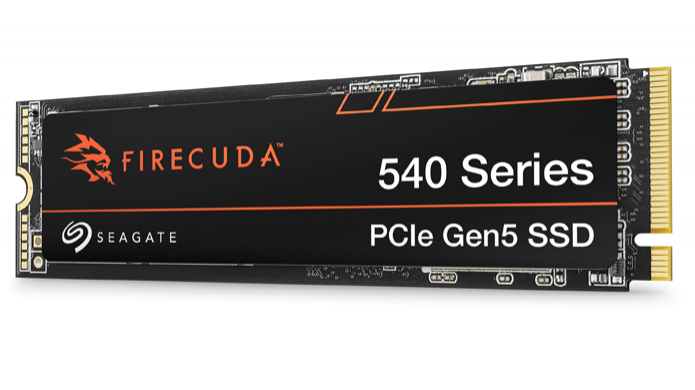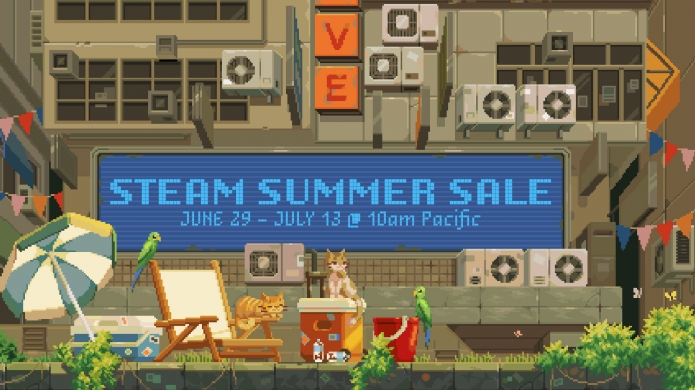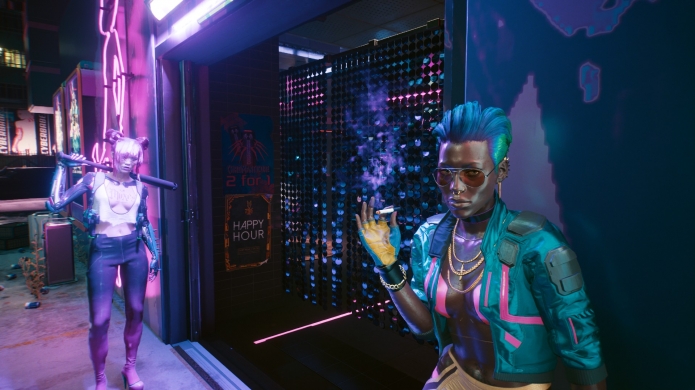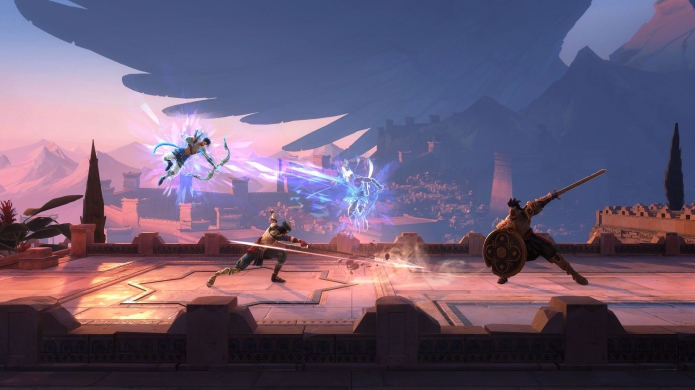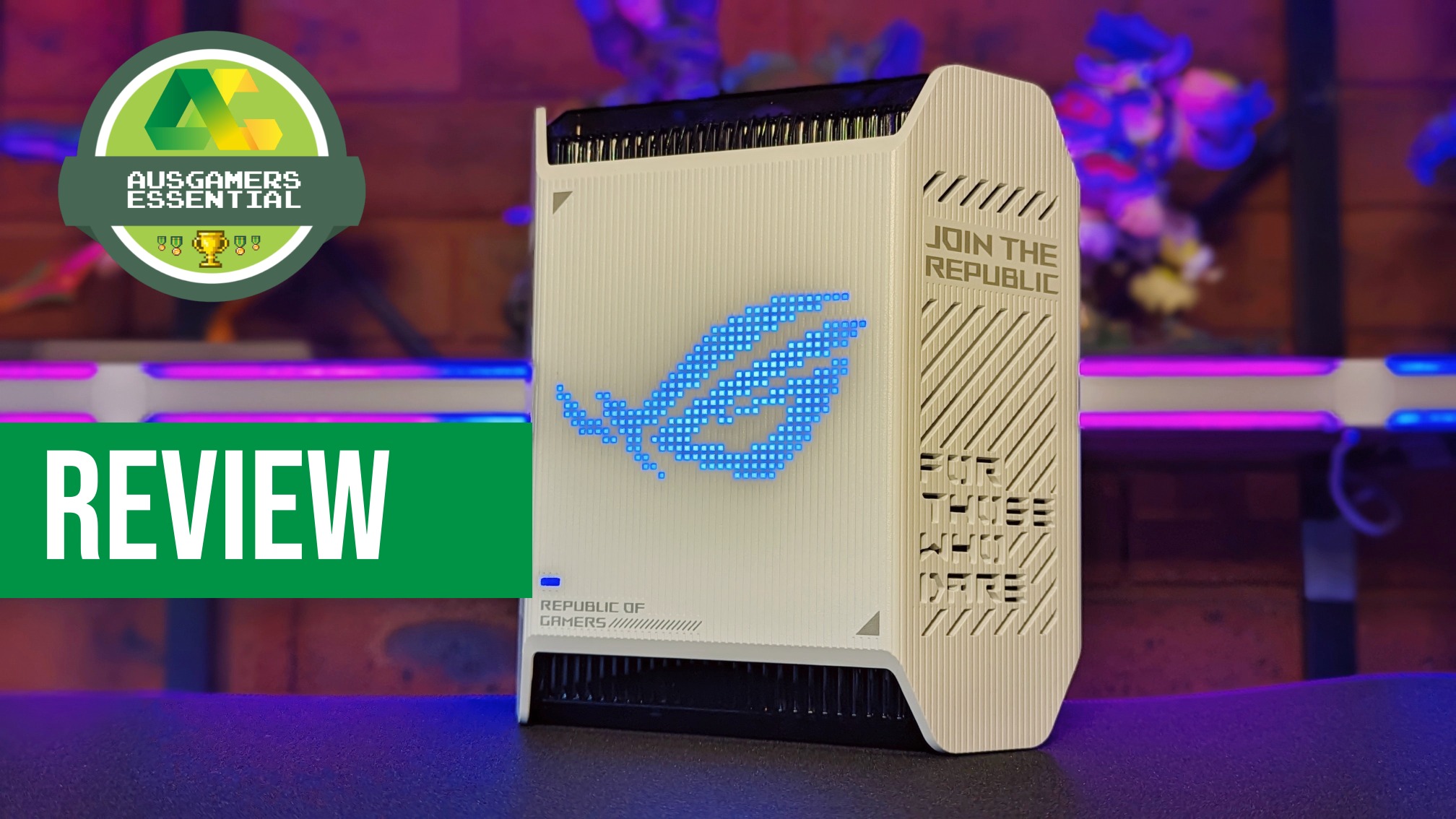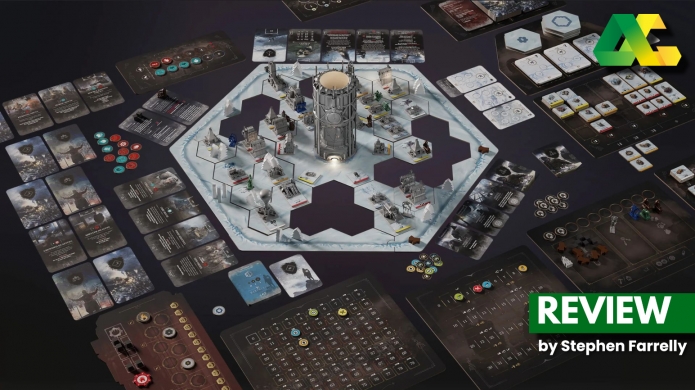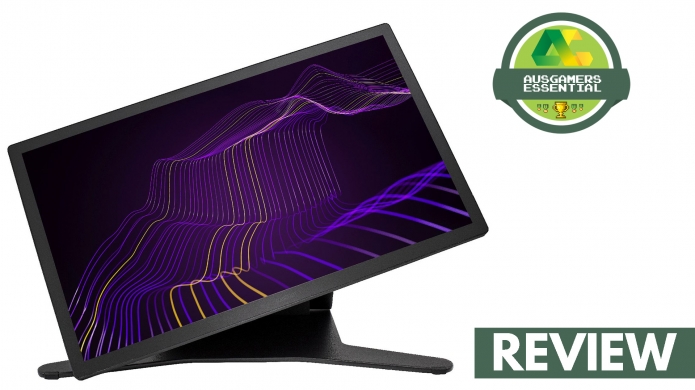Dead Island 2 Interview - Inside the Game’s Delightfully Gory FLESH System
Post by KostaAndreadis @ 02:00am 14/03/23 | Comments
Fully Locational Evisceration System for Humanoids, or FLESH, is behind Dead Island 2’s over-the-top and impressively gory combat. We sit down with Dambuster Studio to talk about how it all works...

Recently we had the chance to play through several hours of a Dead Island 2 preview build, and one of the things that immediately stood out was the first-person melee combat. How each hit had an immediate physical impact and how this played into the over-the-top gore that was as surprising as it was, well, impressive.
Not only does Dead Island 2 feature a fully dynamic dismemberment system, as gruesome as that sounds, but all the inside business in terms of flesh and bone is fully modelled and reacts to everything from a sharp blade to a blunt mallet. And bullets too.
There’s even a name for it, the "FLESH" system or Fully Locational Evisceration System for Humanoids. A fun way to highlight one of the game’s most impressive features in what’s shaping up to be a fun zombie-slaying adventure through Los Angeles.
After going hands-on, we had the chance to sit down with Dambuster Studios’ Dan Evans-Lawes, Technical Art Director for Dead Island 2, to talk about FLESH and how it influenced everything from the combat, weapons to the look and feel of the undead denizens of zombie-outbreak LA.
Outside of the setting and the story, the up-close combat stands out. Even after four or five hours, there are no guns, and the game isn't in a rush to give you a weapon to shoot zombies with. It's more like, here's a shovel, here's a rake. From the outset, was that the goal, to hone in on melee combat?
Dan: A hundred percent because we played Dead Island [the original], and the thing we really took away from that was its melee first-person combat. There aren’t many first-person melee combat games. You're fighting zombies, and that style is a unique opportunity to lean into the kind of splatter side of zombie fiction.
In a third-person game, you don't see the level of detail you do when you're up close in first-person. One of the things that we wanted to really improve on and get as good as we possibly could was that feeling that the hits connected with the zombie. The FLESH system was a big part of that, to make sure that every hit feels like it actually does something. And the damage sort of represents how much damage you've done to the zombie as well.
It's taken quite a lot of tuning throughout development to get that exactly right. One of the most fun things you can do is blow up zombies in seconds. We spent a long time balancing it so that zombies only get gruesomely and ridiculously damaged when they're very close to death. Early on, it was the opposite. We had Ray Harryhausen-like skeletons walking around, and that felt a bit silly.
There's obviously a technical component to making something like that work, but also the artistic side. What I loved, initially, was the low-level shambler zombies because they're so decayed, they're slower, and they kind of crumble. You can feel them crunch after a few hits. And you get that they are made of weaker stuff than the more brutish zombies, where it takes a few hits to really see and feel the damage. In developing the FLESH system, was that complex reactive side there early on, or did it evolve over time?
Dan: It was actually there pretty early on. Right away, we had people from the character art team, tech -- I’m technical art -- and we all worked together to get the gore system as good as possible. It wasn’t long before we had something that wasn't vastly dissimilar to what you see in the final product. It's obviously improved over time, but the core concept of how it all worked was there from very early on in the project.
That was really good because it helped guide the project overall in terms of what we could do in terms of the combat, what we could do in terms of dismemberment, and how that would affect how the zombies behave and stuff like that. A lot of the game was then geared around it. It was definitely a focus from the start, and that meant that it sort of became part of the game's DNA.
Even though it's gory to talk about it in detail, I like how the style is more comical than outright disturbing or gritty. It’s a fine line between off-putting and cartoonish, and it’s cool that this is more of the latter.
Dan: That was very intentional. When we started on the project, there were a lot of serious zombie games where the tone was bleak. Here, the game's set in LA, and Dead Island has a history of sunshine and splatter. We really wanted to move away from that serious tone seen elsewhere and make it pulpier. And with the gore at the level that it is, if it was entirely serious, it could have been quite disturbing. And some of the things you'll notice about the FLESH system is that we deliberately push it to that level where you have to laugh.
Eyeballs popping out on stalks. I've looked into it, and in reality, that would never happen; eyeballs don't hang out on dangly things. That's the kind of thing where when you see that, you're, like, 'that's so ridiculous that I have to laugh'. It’s the same with a jaw kind of dangling off. It's all there to push it to a level where it stops being disturbing and starts being funny.
Seeing a jaw go flying off or eyeballs popping out. The characters are super detailed, but there's the skin underneath, there's flesh, there are bones, and there are organs. That's unusual for a game because the characters we see are usually empty. Detailed on the outside but hollow in the middle.
Dan: That's exactly what we wanted to get away from, to make the characters feel like they are actually made of stuff. The first version that we did of the FLESH system, it didn't really have that. What it had was an outer model and then that would deform, and inside there was an inner model. And that looked like a skinned person, with muscle and stuff like that. But that was as much damage as you could do. And there are other games that have a similar system.
And then we had deformation on the outer layer, detailing the material, so it looks like you get a layer of skin and fat, and then we [had] this kind of muscle person inside. But even that was disappointing because once you got down to that level, you couldn’t deform the zombie. And also, you couldn't blow a hole straight through them.
We all felt that wasn’t good enough, so what we did next was make it so that the outer layer has some thickness and an interior and then fill the zombie with internal organs, bones, and stuff that is all individually destructible. And that's how we ended up with the FLESH system as it is in the final game. It added so much, and you could blow a whole straight through a zombie. Once a zombie is downed, you can keep shooting them, and eventually, you'll blow out their internal organs and stuff like that.
It pushes it to that level, like, ‘Okay, this is ridiculous now’. Combined with the soft body physics we put on all of the internal organs and some of the skin, where everything kind of wobbles around - you don't see that often in games. It adds that level of realism to the gore. Maybe not realism. It's a funny thing because it's not realistic, but it is realistic. It kind of looks realistic.
I guess maybe it’s more believable.
That's right, if you see guts and they're moving around, you'd expect them to wobble. That’s what I mean. Everything's turned up to 11 and I think that's what makes it fun.
The original Dead Island focused on crafting and RPG elements for weaponry, elemental effects, and electric and fire weapons. Having the detailed FLESH system up and running early on, did that influence the combat and weapon design? Did it open the door to making weapons and mods, and effects more outlandish?
Dan: Definitely, melting was one of the things where I've never seen good melting in a computer game. One of my favourite scenes in movie history is the bit in RoboCop, where the guy falls into toxic waste and comes out all melty. I was, like, 'I want to get that level of silliness into the game'. I was really determined that you'd be able to like dissolve a zombie. It was the hardest thing to do because it's damage over time. You're not just spawning in a decal or texture. You have to be able to take the skin down to the bone and internal organs gradually.
Once we'd solved that, we could put in burn damage and things like the zombies becoming wet. If a zombie goes into water, it becomes wet, they get covered in fuel and stuff like that. All that is done through the FLESH system because we can do locational effects anywhere on the zombie. So yeah, it did enable us to have all these interacting systems with water, fuel and electricity.
It was impressive to see the variety in the different looks of the zombies. The different clothing, hairstyles, and where they are in LA. The world is full of that. Was that challenging to pull off because there seems to be a lot of variation in how they look and feel?
Dan: That actually ties right back into the FLESH system. There's a lot of character art in the game, and all the costume variations have to be built by the character art team. But because the FLESH system is procedural, zombies share internal organ models because everyone's the same on the inside. And so, for us, the character artists just needed to build the model. They didn't need to build or create a whole bunch of damage variants - like versions with an arm cut off. That’s something you would do using older dismemberment systems.
So even though the team built many models, and there were other challenges around the FLESH system, once we got the pipeline up and running, once a model was built, it worked.
For a game set in LA, just after the zombie outbreak, we didn't want all zombies to be this kind of grey mass where you can reuse models and no one notices. We tried to make as many different variations as we could for the different areas of the game. And really, it was all about representing the population of LA, a big, diverse population.
Dead Island 2 is out April 21, 2023 for PC, PS4, PS5, Xbox One, and Xbox Series X|S
Read more about Dead Island 2 on the game page - we've got the latest news, screenshots, videos, and more!
